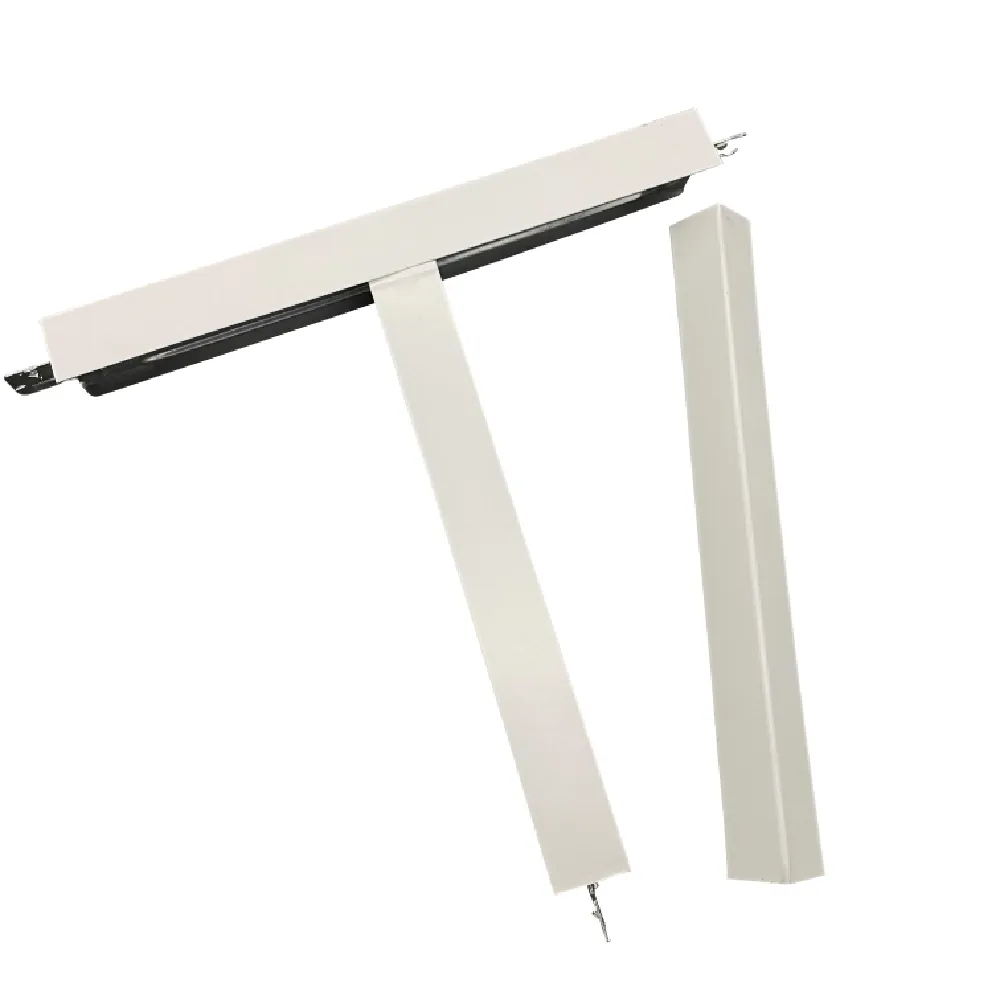- Afrikaans
- Albanian
- Amharic
- Arabic
- Armenian
- Azerbaijani
- Basque
- Belarusian
- Bengali
- Bosnian
- Bulgarian
- Catalan
- Cebuano
- Corsican
- Croatian
- Czech
- Danish
- Dutch
- English
- Esperanto
- Estonian
- French
- German
- Greek
- Hindi
- Indonesian
- irish
- Italian
- Japanese
- Korean
- Lao
- Malay
- Myanmar
- Norwegian
- Norwegian
- Polish
- Portuguese
- Romanian
- Russian
- Serbian
- Spanish
- Swedish
- Thai
- Turkish
- Ukrainian
- Uzbek
- Vietnamese
ታኅሣ . 07, 2024 12:02 Back to list
main tee ceiling grid
Understanding Main Tee Ceiling Grid A Key Element in Suspended Ceiling Systems
Suspended ceilings, also known as drop ceilings, have become an integral part of modern architectural design, particularly in commercial and industrial spaces. Among the essential components of suspended ceiling systems is the main tee ceiling grid. Not only does this structural element provide support for ceiling tiles, but it also plays a crucial role in the overall functionality and aesthetics of the ceiling.
What is a Main Tee Ceiling Grid?
A main tee ceiling grid is part of a modular ceiling system that consists of long metal channels, often referred to as tees, which form the framework for ceiling tiles. These tees run in one direction, typically the longer span of the room, and are supported by a series of cross tees that intersect them at regular intervals to create a grid pattern. This grid serves as the foundation for the ceiling tiles, which can be made from various materials, including mineral fiber, fiberglass, and metal.
Benefits of Using a Main Tee Ceiling Grid
1. Versatility The main tee ceiling grid is incredibly versatile, allowing for various ceiling tile designs and materials. This adaptability means that it can suit different styles and functionalities, from acoustic performance to aesthetic appeal.
2. Ease of Installation One of the significant advantages of using a main tee ceiling grid is the relative ease of installation. Professional contractors can quickly install the grid system, which reduces labor costs and installation time. The modular nature of the grid allows for simple alignment and adjustment, making it accessible for new builds as well as renovations.
3. Concealment of Utilities The space created between the main tee grid and the original ceiling offers an ideal location for electrical wiring, plumbing, and HVAC systems. This concealment not only maintains cleanliness and order but also allows for easy access when maintenance is required.
4. Acoustic Performance Many ceiling tiles designed for use with a main tee grid are engineered to enhance acoustic performance, mitigating noise levels within a space. This feature is particularly beneficial in settings such as offices, schools, and healthcare facilities, where sound control is essential to functioning effectively.
5. Design Aesthetic Main tee systems can be covered by a variety of ceiling tiles, enabling a diverse range of design aesthetics. Whether the desired look is modern, traditional, or something uniquely creative, the grid system can accommodate various styles and colors to enhance the overall interior decor.
main tee ceiling grid

Installation Process
The installation of a main tee ceiling grid typically involves a series of steps
1. Planning and Measurement Accurate measurements of the space are crucial. Ceiling height, type of tiles, and layout must be considered.
2. Marking the Height Using a chalk line, installers will mark the desired height around the room. This ensures a level installation.
3. Installing Hangers Hanger wires are installed into the ceiling joists to support the main tees. These wires are placed at intervals according to manufacturer specifications.
4. Laying the Main Tees The main tees are then installed, fitting into the hangers and providing a solid framework. Ensuring they are level is essential for a professional finish.
5. Adding Cross Tees Cross tees are inserted into the main tees, creating the grid that will support the ceiling tiles.
6. Inserting Ceiling Tiles Finally, the chosen ceiling tiles are laid in the grid, completing the installation process.
Conclusion
The main tee ceiling grid is a fundamental component of suspended ceiling systems, offering structural support while allowing for creativity and functionality in interior design. Its versatility, ease of installation, and ability to conceal utilities make it an indispensable choice for both new constructions and renovations. Whether in a commercial setting or a residential area, the main tee ceiling grid plays a vital role in enhancing the visual and acoustic quality of any space. As we continue to embrace innovative building practices, understanding such elements becomes essential for realizing effective architectural goals.
-
Transform Interiors with PVC Gypsum Ceiling: A Stylish, Durable, and Moisture-Resistant SolutionNewsMay.19,2025
-
The Smart Interior Upgrade: Discover the Durability and Versatility of Gypsum Ceiling Access Panel SolutionsNewsMay.19,2025
-
The Smart Choice for Interior Design: Discover the Value of PVC Gypsum Ceiling SolutionsNewsMay.19,2025
-
Mineral Fiber Ceiling Tiles: The Smart Blend of Performance and AestheticsNewsMay.19,2025
-
Mineral Fiber Ceiling Tiles: The Superior Choice Over Gypsum for Sound and Fire SafetyNewsMay.19,2025
-
Mineral Fiber Ceiling Tiles: Eco-Friendly Strength and Style for Every CeilingNewsMay.19,2025







